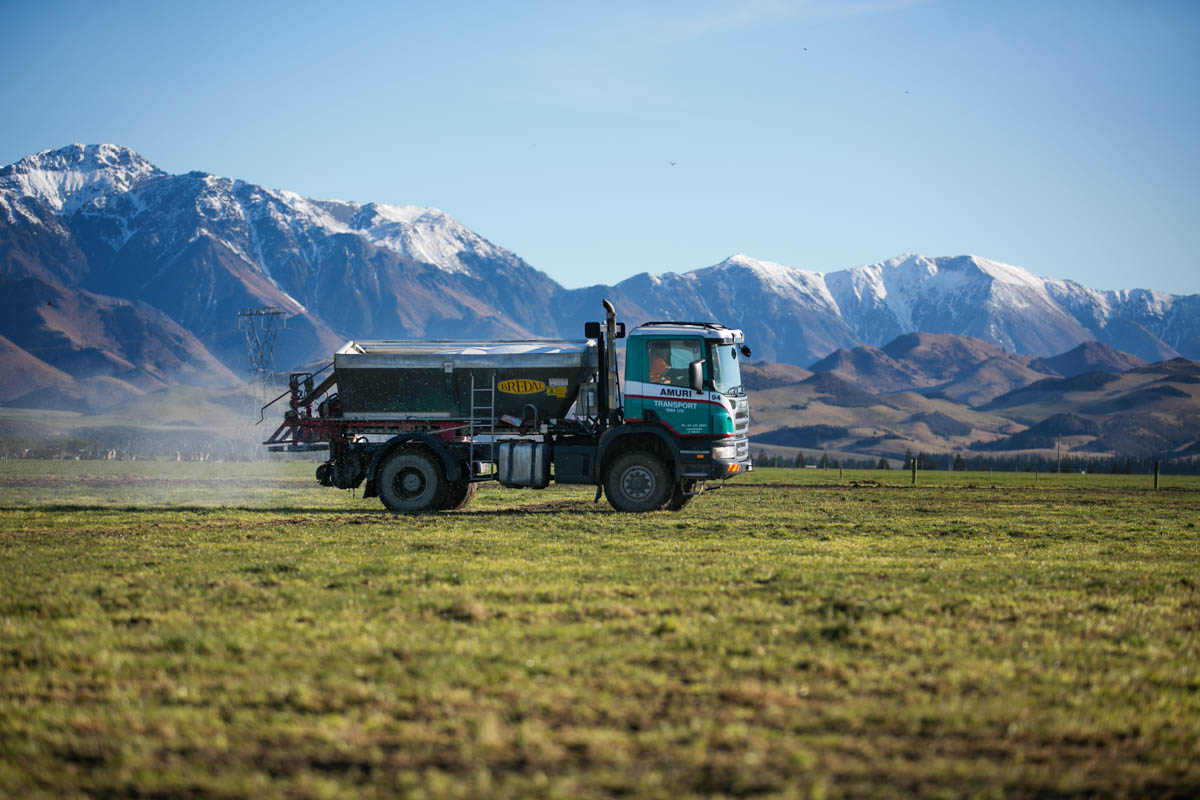
Drench resistance in cattle in New Zealand has been shown to be very common.
Nearly all cattle farms are regarded as having some form of drench resistance. As a result, a great deal of research has been done in this area over the past few years.
In 2012 it was determined that the best way to kill Cooperia, a parasite located in the small intestinal contents, when using Moxidectin (a macrocyclic lactone) is to use an oral drench. The same has also been found for other drench actives (e.g. Levamisole), vet Clive Bingham says.
AgResearch has just released their latest work in this area looking at the most important production limiting parasite of cattle, Ostertagia. Ostertagia differs from Cooperia in that it often resides in the lining of the stomach (abomasum) rather than the gut contents. Their work showed that the highest concentration of Ivermectin was achieved in this parasite and the surrounding tissues after it was given as an injection. Therefore, the best way to deal with a mixed population of parasites in cattle, and achieve the highest concentration of drench in the different locations where the parasites are located, appears to be a combination of both oral and injectable routes given at the same time.
Trial work has been done where oral levamisole and an injectable doramectin (Dectomax injection) have been given to yearling cattle at the same time on a property where there were both resistant Ostertagia and Cooperia present. The combination proved to be very effective and allowed the drenching interval to be pushed out to seven or eight weeks rather than needing to drench every four weeks, reducing the work and time requirements associated with monthly yarding.
Along with choosing what drenches to give and by what route, it is important to ensure you manage the parasites on pasture. This is the most effective way of slowing down drench resistance and reducing the parasite challenge. Things you can consider doing are:
- Integrate older cattle onto your young cattle grazing areas.
- Graze yearling cattle on different areas during the winter from those in the summer and autumn.
- Integrate sheep or deer onto your cattle areas.
- Leave some cattle undrenched at each yarding (e.g. drench based on weight gain targets).
With drench resistance so widespread in cattle and sheep it is important that we use the drench products that we have wisely and in conjunction with good management practices that will help slow the development of drench resistance.
- Supplied by Zoetis.




